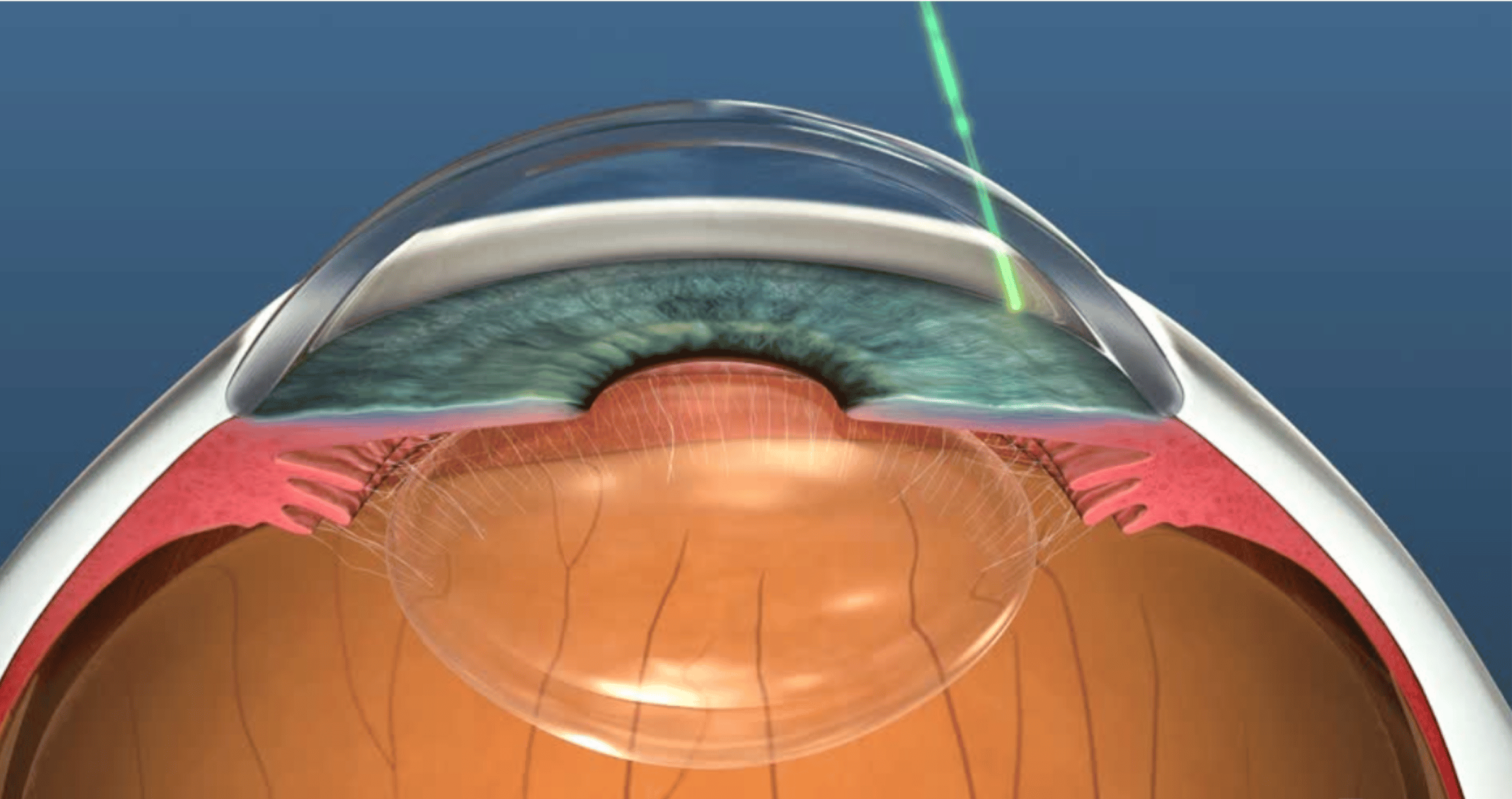Share
With the average life expectancy at initial glaucoma diagnosis being up to 13 years, patients require a sustainable first line solution for a long-term condition. A study on selective laser trabeculoplasty (SLT) that altered the course of glaucoma management has presented new data reinforcing its initial findings.

The landmark Laser in Glaucoma and Ocular Hypertension (LiGHT) Trial – that ultimately recommended selective laser trabeculoplasty (SLT) as a first-line glaucoma intervention – has published six-year results further demonstrating the clinical effectiveness of the treatment.
“After six years of treatment and monitoring, SLT safely offers IOP control without the need for medical or surgical treatment in more than 70% of eyes with ocular hypertension (OHT) and open-angle glaucoma (OAG), while also demonstrating reduced progression rates and a reduced need for glaucoma and cataract surgery,” the study, published in Ophthalmology, said.
The original LiGHT study – published in The Lancet in 2019 and led by Professor Gus Gazzard, director of surgery at Moorfields Eye Hospital and Professor in Ophthalmology and Glaucoma Studies at UCL London – was a multicentre randomised controlled trial comparing initial treatment with SLT with initial treatment with IOP-lowering eye drops for treatment-naïve patients with OAG or OHT.
It reported that initial treatment of OHT or OAG with SLT is more cost-effective than initial treatment with contemporary IOP-lowering eye drops after three years, while also providing eye drop freedom to 74.2% of patients, a reduced number of glaucoma surgeries, and very low rates of adverse events.
Data from the original three-year trial also indicated eyes initially treated with SLT may demonstrate less frequent progression to more advanced stages of glaucoma, and a further analysis indicated that more eyes initially treated with topical medical therapy undergo rapid visual field progression compared with eyes initially treated with SLT.
The results prompted changes to international guidelines for glaucoma, with the European Glaucoma Society and the American Academy of Ophthalmology now listing SLT as an initial treatment for OAG and OHT alongside medications, and the UK’s National Institute for Health and Care Excellence (NICE) recommending SLT as a first-line treatment.
Subsequently, the LiGHT trial was extended to six years “to provide longer-term, pragmatic treatment outcome data”, with the outcomes published in September 2022.
Now, this latest data – retaining 82% of the original 692 LiGHT participants – demonstrated SLT is a safe treatment for OAG and OHT, providing better long-term disease control than initial drop therapy, with reduced need for incisional glaucoma and cataract surgery over six years.
Patients within five UK settings who were treated initially with IOP-lowering eye drops switched to SLT to reduce medication load, to avoid increasing medication load, or to delay surgery.
Meanwhile, patients initially treated with SLT underwent a third and final SLT before escalating to IOP-lowering eye drops.
“Data after six years of treatment indicate statistically significant lower rates of disease progression and reduced need for glaucoma and cataract surgery for eyes initially treated with SLT,” the researchers stated.
“Drop-free IOP control and safety of SLT as a first-line treatment for OHT and OAG are confirmed after six years of careful, protocolised monitoring and treatment.
“SLT allowed successful drop-free IOP control in nearly 70% of the eyes after six years of treatment. This is reduced only slightly from 78% of eyes not needing topical therapy at three years and is an important outcome for long-term glaucoma and OHT management; of the initial SLT eyes that were free of drops, 90% underwent only one or two SLT treatments.”
SLT safety
The authors also concluded the safety profile of SLT “remains very good”, with no sight-threatening complications.
“Intraocular pressure rose > 5 mmHg from IOP before treatment in only 1% of treated eyes, and of these, only one eye needed treatment,” they wrote.
“Other adverse events were comparable between the two groups. Selective laser trabeculoplasty has been shown to be a safe alternative to eye drops in areas where advanced glaucoma is more common and where treatment resources and access to these are limited. The proven safety of SLT in such areas can transform glaucoma treatment rapidly and prevent sight loss.”
Glaucoma is a long-term condition requiring life-long treatment; average life expectancy at initial diagnosis of glaucoma is nine to 13 years, making the six-year data an important finding for a high proportion of patients.
The main limitations of SLT are that it cannot be used in all forms of glaucoma (specifically uveitic and angle closure glaucoma) and in more severe cases, it may be insufficient. The IOP lowering effects also wear off after time.
This article has been republished courtesy of Insight News.


